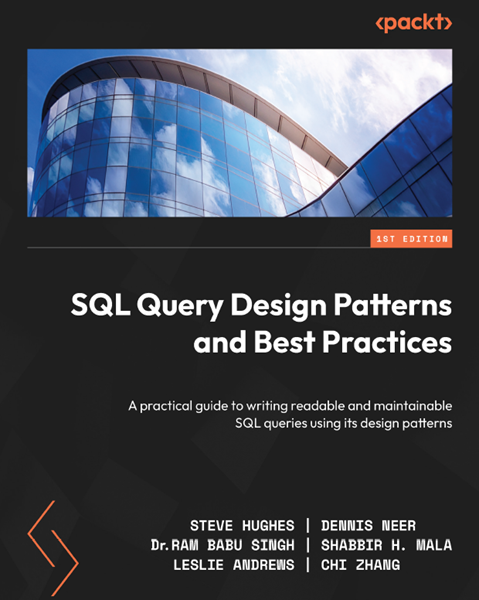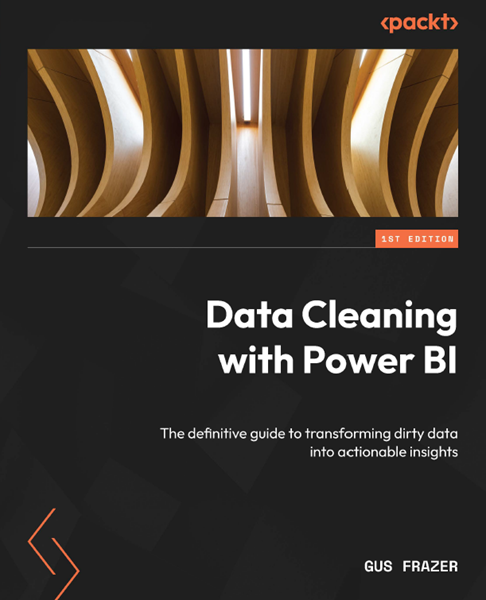
What has ChatGPT got to do with Baseball Umpiring?
What many people who follow me don’t know, is that I spent a lot of years playing baseball. Early on I played third base, later I pitched, and my last position was usually catcher or first base.
I love the game. What is less known is that I also spent many years umpiring baseball, through to state level. I umpired in the Pan-Pacific games in Queensland.
Umpiring requires a very detailed knowledge of the rules of the game. Umpires must pass annual rules examinations. If you want to umpire at higher levels of competition, you must pass the exams at a higher level.
2024-08-02










